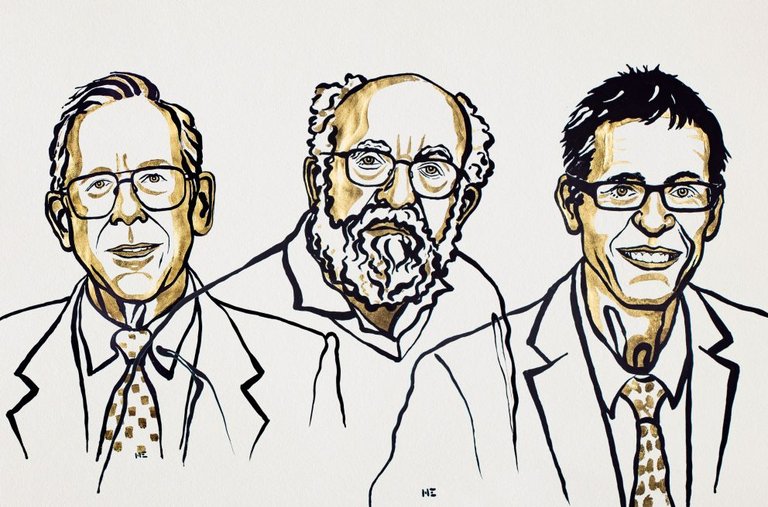Nobel Prize in Physics for contributions to understand the evolution of the universe and the discovery of the first exoplanets

This year's Nobel Prize in Physics is aimed at three researchers who modified their ideas about the cosmos. Half of the prize will be for James Peebles for his discoveries to understand the evolution of the universe in the field of cosmological physics; and the other half, for Michel Mayor and Didier Queloz, for discovering the first planet orbiting around a sun-like star.
James Peebles' contributions in cosmological physics have been fundamental for cosmology to have traversed speculation on science, as the Nobel Foundation has emphasized. The theoretical discoveries he made since the 1960s are the basis of the main current ideas on the universe.
At 400,000 years of Big Bang began the first rays of light traveling the universe. This radiation of the time is still in our environment (microwave background radiation), in which many secrets of the formation of the universe are encoded. Precisely, Peeblees was one of those who announced the presence of this radiation and defended that it could be detected with the appropriate instruments. He even concluded that the study of this radiation allowed to calculate some data on the formation of the universe, such as the amount of matter generated in the Big Bang.
It was calculated following the path opened by Peebles, for example, that only 5% of the universe is matter, while the rest are dark matter and dark energy. Matter and dark energy remain one of the great mysteries of cosmology.
The first planet around another sun
In 1995, Michel Mayor and Didier Queloz discovered in the Milky Way the first planet orbiting around a sun-like star. From the Observatory of Haute-Provence, south of France, the planet 51 Pegasi b, a gas planet like Jupiter, was discovered.
Mayor and Queloz developed methods and tools to more accurately measure the movements of stars. And thanks to it they discovered that exoplanet. Moreover, this discovery revolutionized the ideas that existed at that time. In fact, it was much greater than expected. Of approximate size of Jupiter (1,300 times greater than the Earth), and according to the knowledge of the time, this type of gas giants were formed away from the star of the system, so their orbits were very long. Jupiter, for example, needs about 12 years to go round the Sun. 51 However, the planet Pegasi b was very close to star 51 Pegasi and only needed four days to turn it around. This surprised exoplanet hunters.
Soon more exoplanets began to be discovered, and 4,000 exoplanets have already been found and a huge diversity of sizes, shapes and orbits has been observed. In recent years, in astronomy, the search for exoplanets has been a revolution.
Buletina
Bidali zure helbide elektronikoa eta jaso asteroko buletina zure sarrera-ontzian











